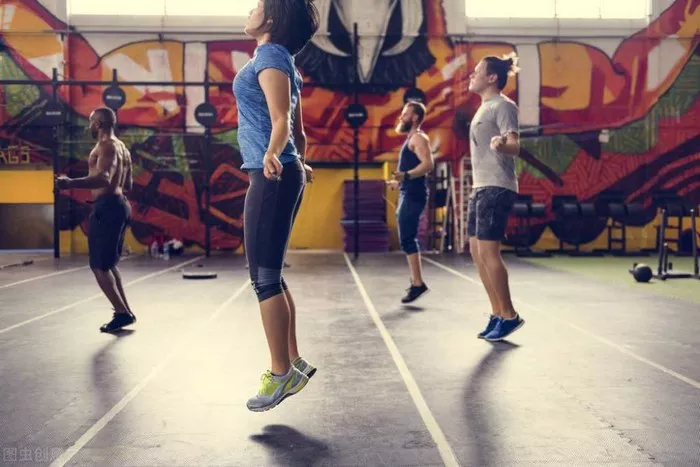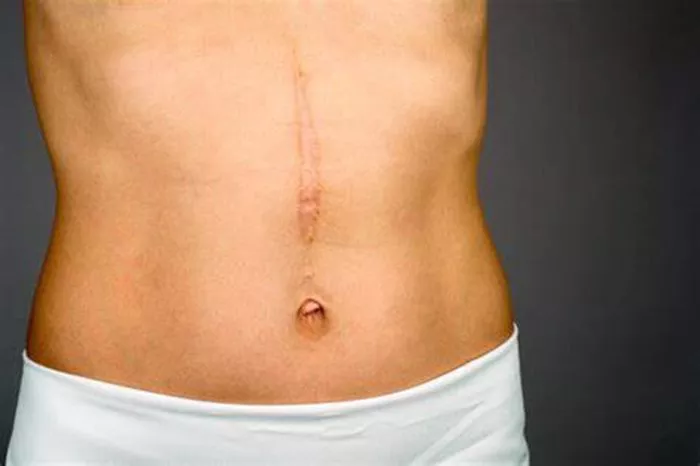High-Intensity Interval Training (HIIT) is a popular fitness regimen known for its efficiency and effectiveness in improving cardiovascular health, increasing metabolism, and burning calories. However, the intense nature of HIIT workouts demands significant recovery time to prevent overtraining and promote muscle recovery. This article explores the myriad activities and strategies beneficial on non-HIIT days, helping you to maintain fitness without undermining your recovery.
Understanding the Importance of Recovery
Recovery is a critical component of any fitness program, especially one that includes HIIT. The recovery period allows muscles to repair, rebuild, and strengthen. Additionally, rest days help prevent burnout and reduce the risk of injury caused by overuse or muscle fatigue. Engaging in appropriate activities on non-HIIT days can enhance your recovery and contribute positively to your overall fitness and health.
Active Recovery: Keeping the Body Moving
Engage in Low-Intensity Cardio
Low-intensity cardio exercises are ideal for non-HIIT days. Activities such as walking, light jogging, cycling, or swimming can help maintain cardiovascular fitness without placing undue stress on the body. These activities promote blood circulation, which aids in nutrient delivery and waste removal from muscles, speeding up the recovery process.
Examples of Low-Intensity Cardio Activities:
1. A brisk 30-minute walk in a park
2. A gentle bike ride around your neighborhood
3. A leisurely swim in your local pool
Practice Yoga and Stretching
Yoga and stretching are beneficial practices that enhance flexibility, improve core strength, and reduce stress. These activities also promote relaxation and muscle recovery through gentle stretching and controlled breathing, which can be particularly soothing after the rigors of HIIT.
Benefits of Yoga on Non-HIIT Days:
1. Enhances flexibility and range of motion
2. Reduces stress and anxiety
3. Improves posture and core strength
Try Pilates
Pilates focuses on control, precision, and breathing, and is excellent for strengthening the core muscles, improving posture, and increasing overall body awareness. Like yoga, Pilates offers a low-impact workout option that emphasizes alignment and functional movement.
Strength Training: Complementing HIIT with Resistance Work
Incorporate Light Resistance Training
On non-HIIT days, light resistance training can help maintain muscle tone and improve strength without overly taxing the body. Focus on using lighter weights or resistance bands, which can provide a sufficient stimulus for muscle maintenance and growth without leading to excessive fatigue.
Benefits of Light Resistance Training:
1. Maintains muscle mass and strength
2. Enhances metabolic rate
3. Improves muscular endurance
Focus on Bodyweight Exercises
Bodyweight exercises are versatile and can be modified to suit a range of fitness levels. Exercises such as push-ups, sit-ups, and lunges can be performed anywhere, making them convenient for recovery days.
Nutritional Strategies: Fueling for Recovery
Optimize Your Diet for Recovery
The food you consume on non-HIIT days should support muscle repair and replenish energy stores. Focus on a balanced diet rich in proteins, healthy fats, and carbohydrates. Additionally, hydration plays a crucial role in recovery, helping to replace fluids lost during intense workouts.
Key Nutritional Tips:
1. Increase protein intake to aid muscle repair
2. Include carbohydrates to replenish glycogen stores
3. Stay hydrated to support overall metabolic functions
Mindfulness and Relaxation: Essential Components of Recovery
Engage in Mindfulness Practices
Mindfulness practices such as meditation or deep-breathing exercises can significantly reduce stress and improve overall recovery. These practices help in managing cortisol levels, which can otherwise hinder recovery and muscle repair.
Benefits of Mindfulness on Recovery Days:
1. Lowers stress and anxiety
2. Improves sleep quality
3. Enhances focus and concentration
Prioritize Sleep
Quality sleep is essential for recovery. It allows the body to repair tissues and replenish energy levels. Aim for 7-9 hours of sleep per night to support recovery and optimize performance for your next HIIT session.
Social and Recreational Activities: Balancing Fitness with Fun
Engage in Leisure Activities
Take time on non-HIIT days to enjoy hobbies or social activities that bring you joy and relaxation. Whether it’s reading, watching movies, or spending time with friends and family, engaging in leisure activities can provide a mental break from the rigors of training.
Conclusion
Non-HIIT days are essential for recovery, allowing for continued progress without the risk of injury or burnout. By incorporating low-intensity cardiovascular exercises, yoga, light resistance training, and mindful practices into your recovery days, you can maintain overall fitness while ensuring your body is well-rested and prepared for the next HIIT challenge. Remember, recovery is just as important as the workout itself and should be treated with the same care and attention.
[inline_related_posts title=”You Might Be Interested In” title_align=”left” style=”list” number=”6″ align=”none” ids=”778,7734,7731″ by=”categories” orderby=”rand” order=”DESC” hide_thumb=”no” thumb_right=”no” views=”no” date=”yes” grid_columns=”2″ post_type=”” tax=””]
































